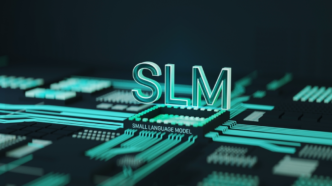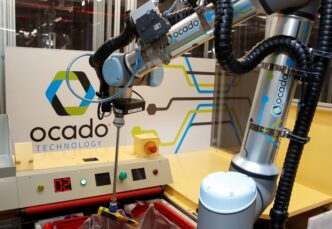Large language models (LLMs) have taken center stage in recent years, with giants like OpenAI, Meta, and DeepSeek rolling out powerful systems that rely on hundreds of billions of parameters. These massive models, made up of adjustable data connections refined during training, excel at recognizing patterns and delivering accurate responses. But all that power comes at a steep cost compared to Small Language Models.
Training these huge models demands immense computational resources. Google reportedly spent $191 million to train its Gemini 1.0 Ultra model. And once deployed, these systems remain power-hungry. A single ChatGPT query, for instance, uses about 10 times more energy than a regular Google search, according to the Electric Power Research Institute.
Why Small Language Models Are Gaining Momentum
To solve this problem, researchers are taking a different path—by thinking smaller. Tech giants like IBM, Google, Microsoft, and OpenAI have recently shifted focus to small language models (SLMs) that operate with just a few billion parameters. Compared to their larger counterparts, these models are lightweight, targeted, and far more energy-efficient.
SLMs aren’t designed to do everything. But when it comes to focused tasks—like summarizing conversations, powering healthcare chatbots, or supporting smart home devices—they perform surprisingly well. According to Carnegie Mellon’s Zico Kolter, “For a lot of tasks, an 8-billion-parameter model is actually pretty good.”
The real perk? These smaller models can run directly on laptops and smartphones—no sprawling data centers needed.
Smaller Models, Smarter Training
To make SLMs truly efficient, researchers use clever strategies. One method is knowledge distillation, where a large model helps train a smaller one by creating a curated dataset. Rather than relying on messy internet data, the smaller model learns from clean, high-quality examples—essentially learning from the “lessons” of its bigger sibling.
Another approach is pruning—cutting out parts of the neural network that aren’t essential. This idea goes back to 1989, when computer scientist Yann LeCun introduced the concept of “optimal brain damage.” He showed that you could remove up to 90% of parameters in a trained network without losing much performance. Inspired by how the human brain trims synaptic connections over time, pruning helps researchers fine-tune SLMs for specific environments and tasks.
Small Language Models Encourage Innovation
Beyond efficiency, small language models are great tools for experimentation. With fewer parameters, researchers can explore new ideas without the massive costs tied to training a full-scale LLM. And because they’re simpler, their decision-making processes may be easier to understand—offering clearer insights into how language models actually work.
According to Leshem Choshen from the MIT-IBM Watson AI Lab, “Small models allow researchers to experiment with lower stakes.” That means faster iterations, cheaper trials, and greater flexibility for innovators working on the next wave of AI breakthroughs.
Big Isn’t Always Better
While massive LLMs will remain essential for broad applications like image generation, advanced chatbots, and complex drug discovery, small models are proving their worth. They’re not only easier to build and deploy but also cheaper to run and more accessible to everyday developers.
“These efficient models can save money, time, and compute,” Choshen emphasized.
As AI evolves, the spotlight is no longer only on the largest models. In fact, the real future might just belong to the smaller, smarter, and more sustainable ones.













